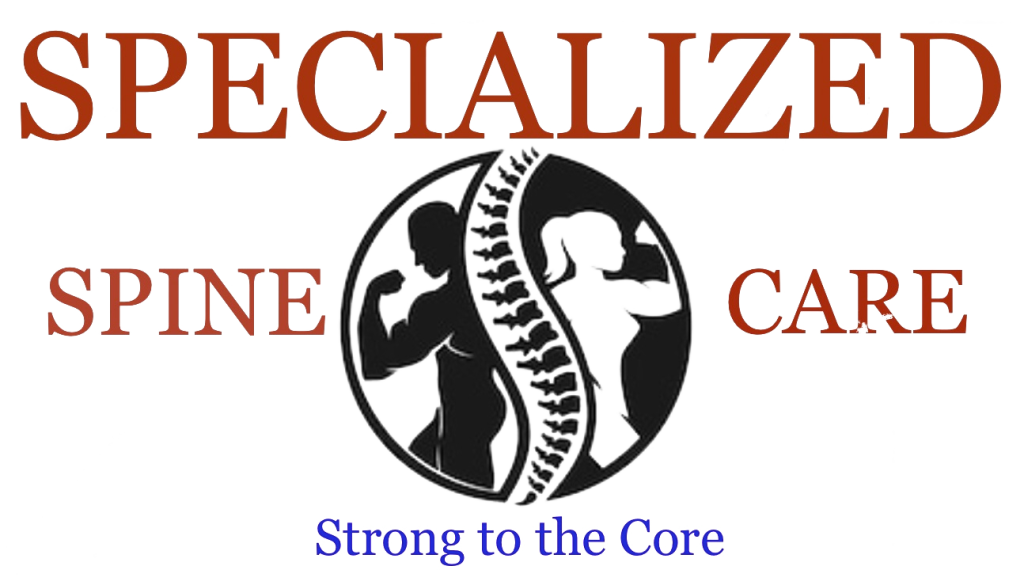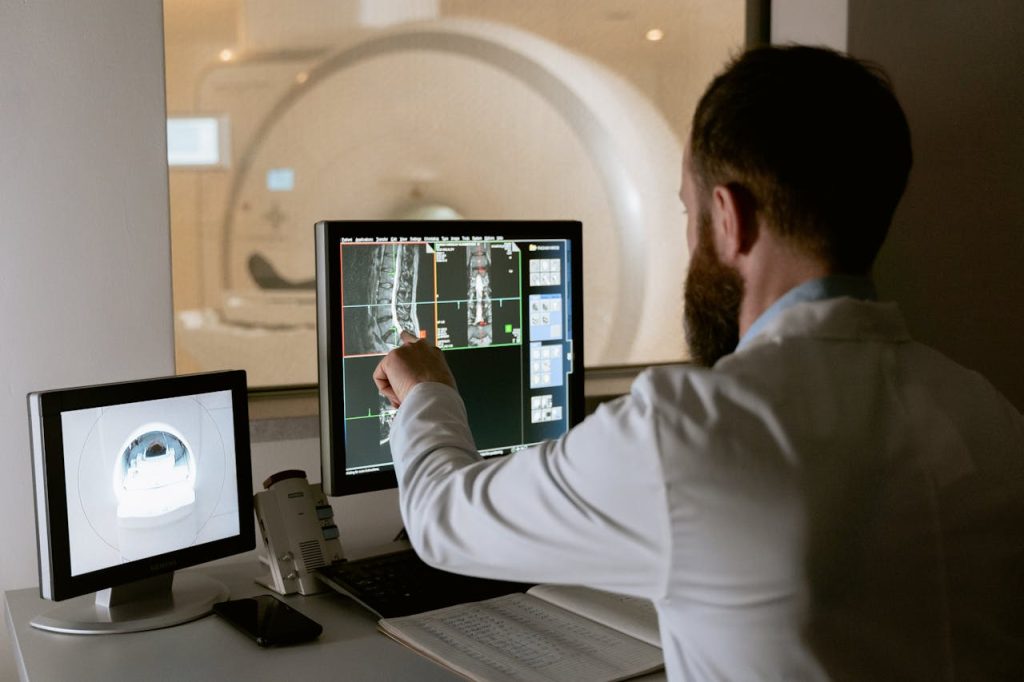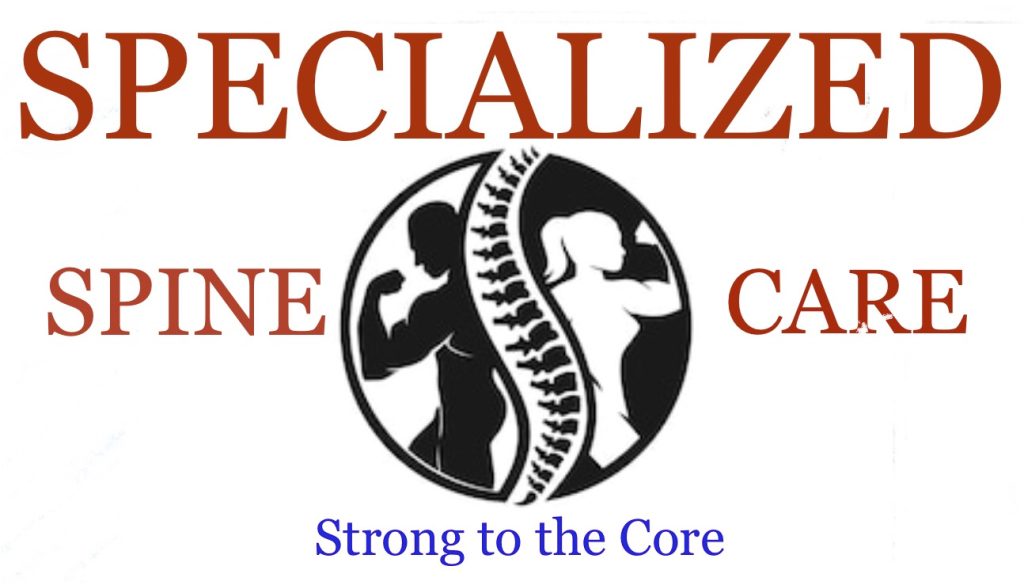The 4 Main Types of Physical Therapy and How They Help You Recover
Physical therapy plays a vital role in helping individuals recover from injuries, manage chronic pain, and improve overall mobility and function. For anyone in St. Cloud, Minnesota, understanding the types of physical therapy can help you choose the best approach for your specific needs.
Physical therapy is not one-size-fits-all—it’s tailored to your condition, lifestyle, and goals. Generally, there are four main types of physical therapy, each focusing on different aspects of recovery and health.
Ready to get started?
1. Orthopedic Physical Therapy
Orthopedic physical therapy is perhaps the most commonly recognized type. It focuses on conditions affecting the musculoskeletal system, including bones, joints, ligaments, tendons, and muscles.
This type of therapy is especially beneficial for individuals recovering from fractures, sprains, or ligament tears, as well as after orthopedic surgeries such as joint replacements or tendon repairs.
Therapists use a mix of manual therapy, targeted exercises, stretching, and strengthening programs to restore movement, reduce pain, and prevent future injuries.
Example: Someone recovering from a knee replacement might follow a structured rehabilitation plan to regain strength, flexibility, and full range of motion.
2. Neurological Physical Therapy
Neurological physical therapy targets conditions that affect the nervous system, such as stroke, spinal cord injuries, Parkinson’s disease, multiple sclerosis, or traumatic brain injuries.
The goal is to help patients regain function, balance, coordination, and independence in daily life.
Treatment may include motor control exercises, gait training, and balance drills, often supported by specialized equipment that helps stimulate nerve pathways and encourage recovery.
3. Cardiovascular and Pulmonary Physical Therapy
For patients dealing with heart or lung conditions, cardiovascular and pulmonary physical therapy focuses on improving endurance, strength, and respiratory efficiency.
It’s commonly used for those recovering from a heart attack, COPD, or post-surgical procedures.
Therapists often design programs that include aerobic exercises, breathing techniques, and monitored physical activity to build stamina and lung capacity. Lifestyle education—such as safe exercise habits and fatigue management—is also a key part of this therapy.
4. Pediatric and Geriatric Physical Therapy
While these two approaches differ by age group, both aim to support optimal movement and independence.
Pediatric physical therapy helps children with developmental delays, congenital disabilities, or injuries. Using play-based methods, therapists work to improve motor skills, coordination, and strength in a fun and engaging way.
Geriatric physical therapy supports older adults managing arthritis, osteoporosis, balance issues, or post-surgery recovery. It emphasizes pain relief, fall prevention, mobility, and independent living, with customized routines suited to each person’s abilities.
Why Understanding the Types of Physical Therapy Matters
Choosing the right type of physical therapy can make a significant difference in both recovery and long-term health. Each therapy focuses on specific conditions and techniques designed to help you meet your goals.
Whether you’re recovering from an injury, managing a chronic condition, or simply aiming to move more freely, knowing your options allows you to make informed decisions about your care.
At Specialized Spine Care in St. Cloud, MN, our licensed physical therapists assess every patient individually to design a personalized treatment plan. We focus on reducing pain, restoring function, and helping you return to the activities you love—pain-free.
Tips for Getting the Most Out of Physical Therapy
- Set Clear Goals: Collaborate with your therapist to define realistic, measurable progress markers.
- Stay Consistent: Attend all sessions and follow your prescribed home exercises.
- Communicate Openly: Always share any pain, discomfort, or progress you experience.
- Ask Questions: Understanding each exercise’s purpose ensures you’re performing them correctly.
- Maintain a Healthy Lifestyle: Proper nutrition, rest, and hydration complement your therapy results.
Conclusion
Physical therapy is a versatile and essential part of modern healthcare. Whether orthopedic, neurological, cardiovascular/pulmonary, or pediatric/geriatric, each type serves a unique purpose—but they all share one goal: to help patients move better, feel stronger, and live healthier lives.
If you’re in St. Cloud, MN, and unsure which physical therapy approach suits you best, reach out to Specialized Spine Care. Our experienced team will design a customized plan to support your recovery, relieve pain, and enhance your long-term wellbeing.
Start your recovery journey today!





